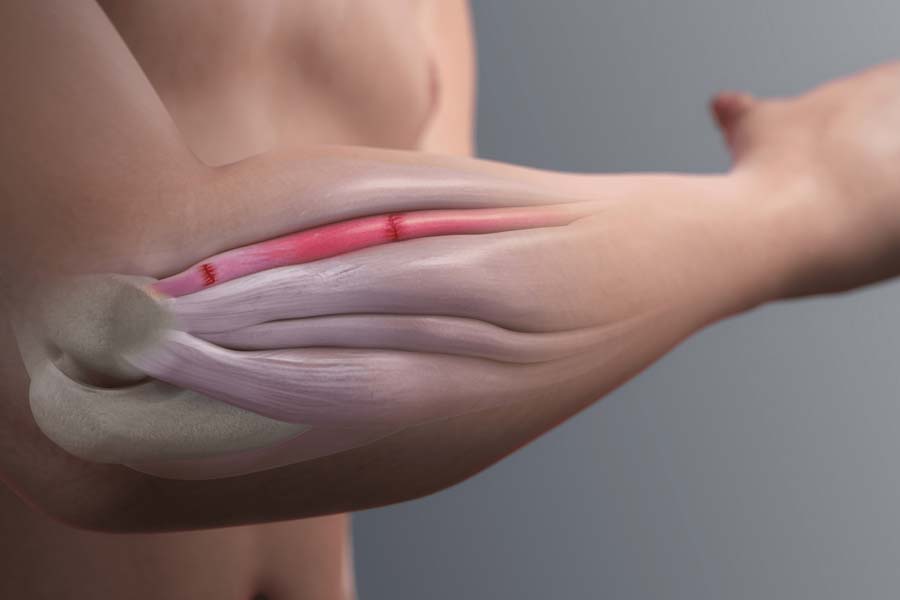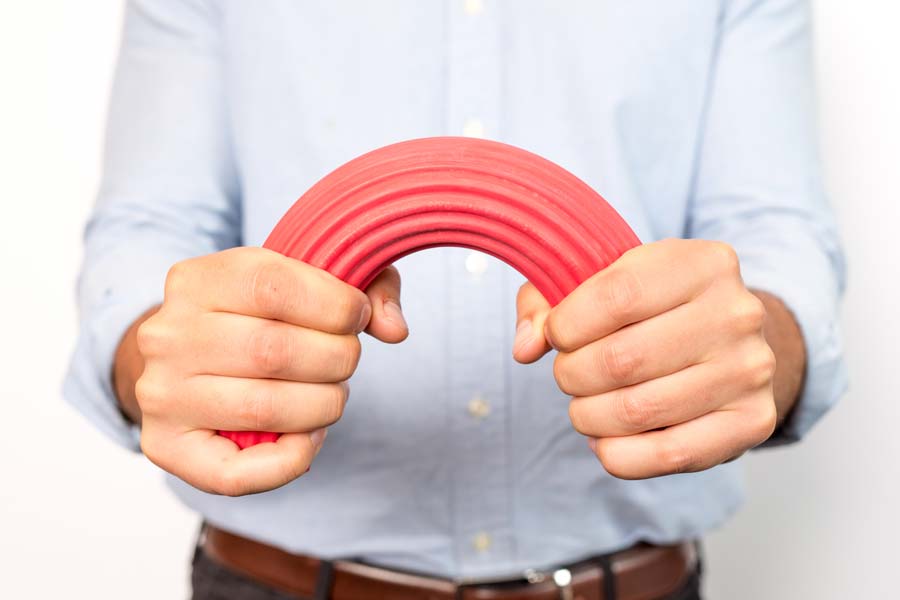Have you been experiencing pain or tenderness on the outside of the elbow, sometimes extending down the forearm to the wrist? Or you might have noticed it too when bending the wrist back and forwards. You’ve come to the right place.
•Within 1 week
Suggestion: X-ray or Ultrasound
Wrist immobilisation orthosis to rest the ECRB/ECRL tendons. Water proof orthosis for 4-6 weeks followed by radial head stabilisation program.






Tennis elbow is generally viewed as a loss of core stability in the elbow, and an overuse of the wrist muscles that insert into the elbow. So, in basic terms it is a wrist motion that hurts at the elbow.
It is very common in people over 40. The condition is common across many types of sports and jobs that require repetitive bending of the wrist in a backward direction (such as typing).
Tennis elbow can develop in a number of ways. It could be that you’re trying a new gym program, and you’re a bit out of condition, or it might be your technique, or maybe an imbalance somewhere along the chain from your neck to your fingers (quite possibly it is all the above) – either way if you suspect something might be developing, or if you want to be proactive and prevent it from happening, see Action Rehab as soon as possible.
Yes, tennis elbow can be seriously debilitating. The problem can become chronic if the tears are not given adequate time to heal, and you are not shown how to safely train to increase your core stability of the elbow. The aim of therapy for this condition is to reduce pain by supporting the wrist and increasing strength and stability in wrist and elbow stabilisers.
Tennis Elbow healing will depend on your treatment. Commonly it can take 6-12 months for Tennis Elbow symptoms to settle. Hand Therapists at Action Rehab will try to help you return to full function much sooner.
Yes it can. Some people live with the condition, and it can just recover however it may take up to 12 months. It also depends on the severity. In severe cases surgery can be required to help the elbow to heal.
At Action Rehab tennis elbow is commonly initially treated with a wrist brace to take pressure off the common extensor origin or lateral epicondyle. Once the symptoms have settled then tennis elbow patients are started on a core stabilisation and strengthening program for the wrist and elbow.
Rarely. In severe cases that fail with conservative treatment and stabilisation. Surgery should be the last resort as patients still require a lot of strengthening and stabilisation post-surgery.